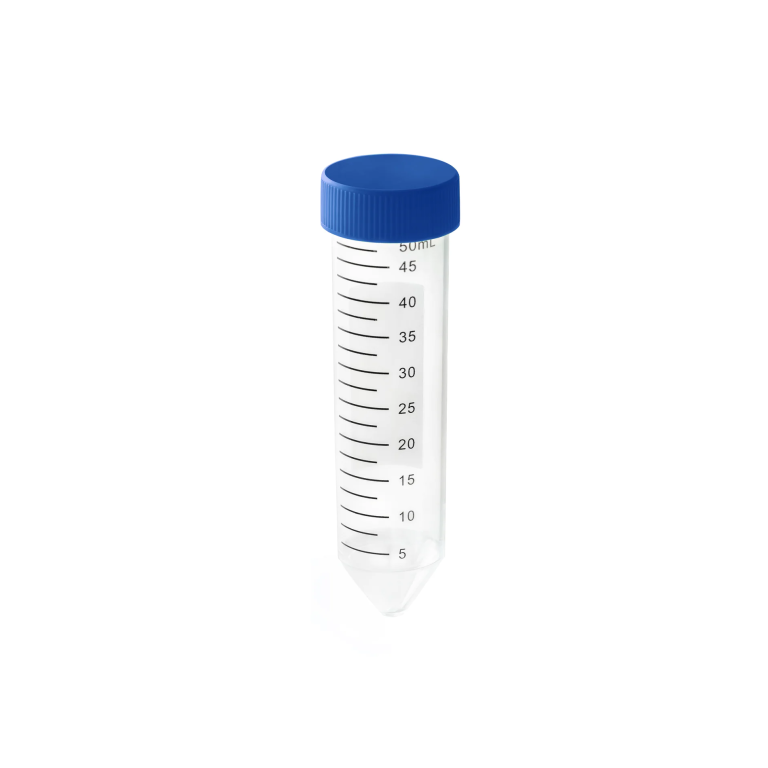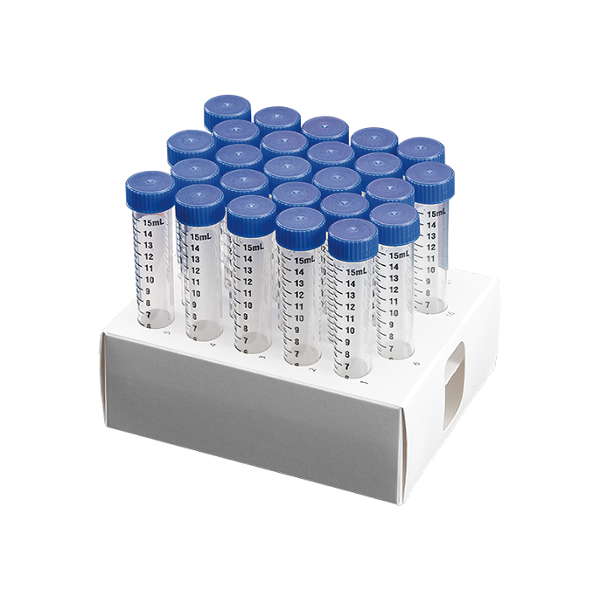A cell culture flask is a container used to grow cells in a laboratory setting. It has several key functions:
– Provides a closed, sterile environment for cells to grow in. The flask protects the cells from contamination.
– Has a large surface area for cells to attach to and grow on. The bottom of the flask is treated so cells can adhere.
– Allows for gas exchange. Cell culture flasks are made of permeable materials like plastic so oxygen and carbon dioxide can diffuse in and out. This allows the cells to breathe.
– Enables culturing of cells in a liquid medium. The flask is filled with a nutritious liquid cell culture medium that provides nutrients for cell growth.
– Allows for expansion of cell populations. As cells grow and divide, more area is needed. Flasks come in different sizes to accommodate growth.
– Permits easy observation of cells using a microscope. The optically clear plastic allows researchers to monitor cell morphology and behavior.
– Enables passaging of cells. When confluent, cells can be easily detached from the flask surface and transferred to new flasks for further expansion.
So in summary, the cell culture flask facilitates optimal growth conditions, expansion of cell numbers, and observations/experiments with the cells. It is a fundamental tool used in cell biology research.


